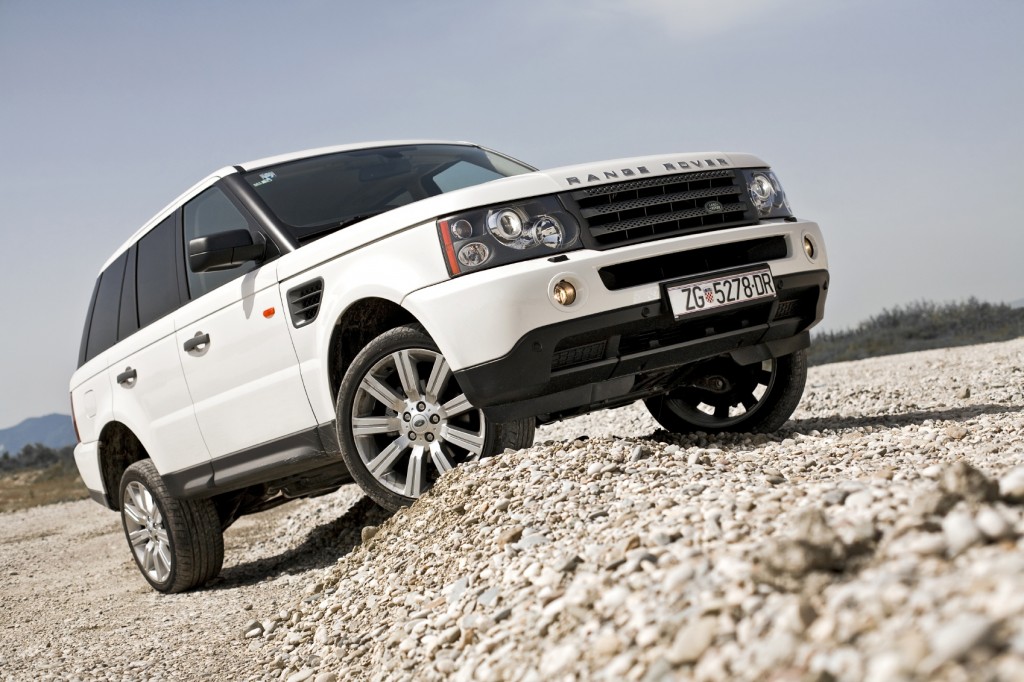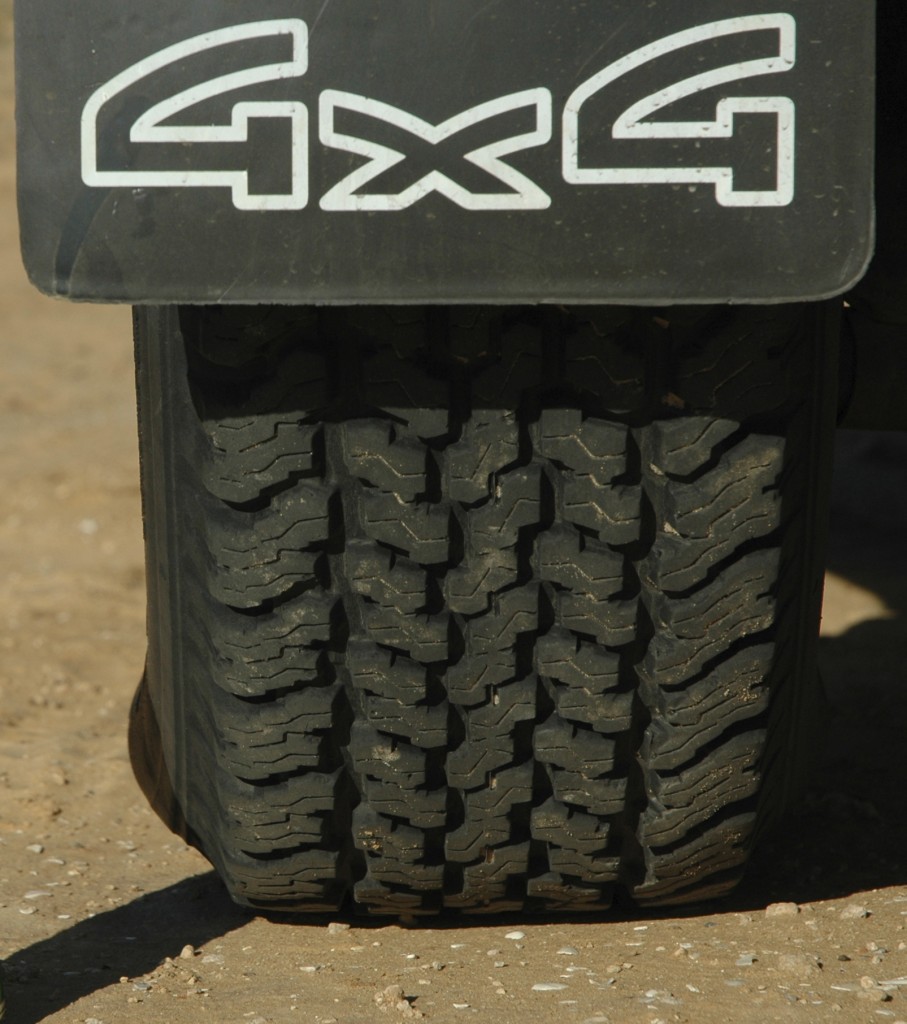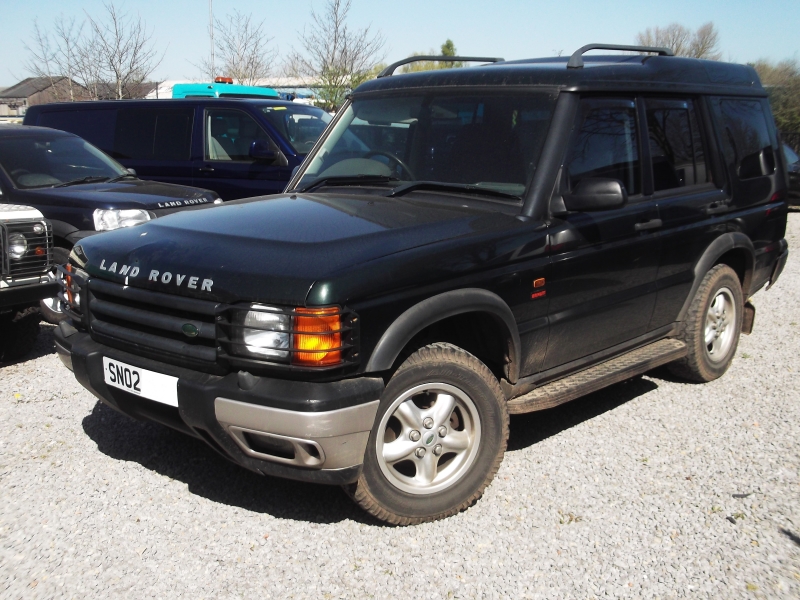People use the term 4×4 everyday without really giving it a second thought; that is until something starts to go wrong. But how does a 4×4 wheel drive system actually work, and what exactly is it? There’s a lot of advanced technology working inside your 4×4 that will keep it going on some of the toughest terrain it’s possible to traverse.

The Two Different Types
There are two different types of four wheel drives available. Both of these different methods work by ensuring that power reaches both sets of wheels at the same time. The difference between these two systems is that one (4WD or four wheel drive) provides constant power to all 4 wheels, whereas the other (AWD or automatic wheel drive) operates as a standard two wheel drive system until the onboard computer detects a loss of traction, and then provides power to all four wheels simultaneously.
Which System is the Best One?
There isn’t a general consensus amongst industry expects about which is the best system to use, as there are advantages and disadvantages to using either. The majority of vehicles on the road are propelled by a single axle and two wheels, either the two wheels at the back or at the front. Both of these options are perfectly fine for normal driving situations, but if you find yourself driving in muddy conditions, on snow, ice or on a slippery surface, you’re going to need something with a little more traction.

The 4WD System
This system complements the two wheel drive based setup. If the driver selects 4WD mode, the drivetrain is equally split between the rear and front axles, thus ensuring that your vehicle won’t get stuck in mud or spin out. This is why 4x4s are commonly used in the farming and construction industry. The problem with 4WD is when it comes to turning, as the front and rear axles of the 4×4 require the wheels to turn at different speeds, meaning that 4WD doesn’t act with the same level of responsiveness or efficiency as AWD on difficult driving terrain.
Advantages of 4WD
- Ideal if you’re driving off-road and require increased traction capabilities
- It can be turned off manually at the flick of a switch to increase fuel efficiency
- It’s not suitable for every different terrain or driving condition
The AWD System
Like its counterpart, AWD also splits the power between both axles. Unlike 4WD, AWD is always on and can’t be turned off at the flick of a switch. In the real world, this means that if your 4×4 suddenly hits an unexpectedly difficult road condition, such as ice or a rock in the road, the AWD will automatically turn on to give you better traction and handling. However, the AWD system doesn’t quite match the 4WD in terms of handling extreme off-road conditions.
Advantages of the AWD
- Provides more grip
- Better safety ratings than 4WD
Disadvantages:
- Fuel economy is poorer than 4WD
Which Should You Choose?
It really depends on your circumstances. If you’re just using your 4×4 for the school run then you probably won’t even need to use either option, ever! If you have the option then you might be better off going with 4WD drive for the fuel economy savings. If you’re buying a 4×4 to drive in difficult driving conditions such as farming or construction, then 4WD is probably the better option. For those who wanting to drive a 4×4 in remote areas that have dirt tracks or remote roads, then the AWD is a great choice.
Here at CWS, we’re passionate about 4x4s, and we like to think it’s really helpful as well as useful for motorists to know a little more about how their vehicle works under the bonnet and the bodywork. If you’ve been driving in tough conditions and need Land Rover spare parts for your 4×4, and you’re looking for official manufacturers’ parts, or if you’d like advice from the experts on which drive system is the best one for you, call the Land Rover specialists here today on 01458 834930.



